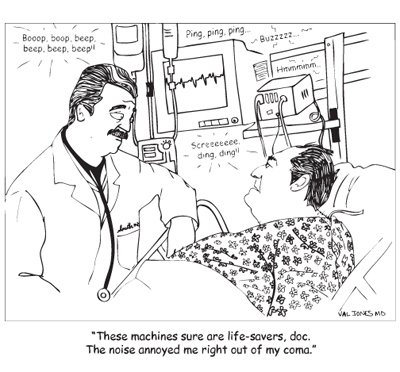June 28th, 2010 by RyanDuBosar in Better Health Network, Health Policy, News, Research
No Comments »

New reports peg Medicaid’s future as dismal and unsustainable, as states struggle for ways to pay for the rising costs of caring for their poorest residents. The Deloitte Center for Health Solutions study, “Medicaid Long-Term Care: The Ticking Time Bomb,” estimates Medicaid costs will nearly double as a percentage of state budgets by 2030, or perhaps nearly triple.
Meanwhile, the Urban Institute for the Kaiser Commission on Medicaid and the Uninsured estimates Medicaid expansion will cost $464.7 billion by 2019. The federal government will cover $443.5 billion (95.4 percent) and the states will cover the remaining $21.2 billion. Minnesota won’t expand its Medicaid program until 2014 because of budget fears. Connecticut will. (The Fiscal Times, MedPage Today, Reuters, U.S. House Rep. John B. Larson)
U.S. Senators, meanwhile, are looking to phase out federal subsidies Medicaid as a way of pushing through stalled legislation — the same package that had included the “doc fix.” Speaking of that, Sen. Majority Leader Harry Reid said the Senate may soon turn its attention away from that toward other issues. (Wall Street Journal, The Hill, ABC News)
*This blog post was originally published at ACP Internist*
June 9th, 2010 by Richard Cooper, M.D. in Better Health Network, Health Policy, News, Opinion, Research
No Comments »

In a recent blog posting, I described Group Health’s medical home for 8,000 patients. It proved to be a boon for primary care physicians, who were able to reduce the size of their patient panels, see fewer patients per day, refer more patients to specialists, and maintain or increase their incomes.
Patients liked it, too. And Group Health was happy because expenditures per patient were 2 percent lower. But poor patients had trouble getting through the front door of the medical home, so based on demographic differences alone, expenditures should have been lower by 10 percent or more. Nonetheless, they declared victory.
Now news filters south from Ontario’s eight-year experiment with medical homes for 8,000,000 patients, and the news is similar. Participation is skewed to healthier and wealthier patients who, in the absence of risk adjustment, yield profitable capitation for primary care physicians. Incomes have soared an average of 25 percent. Read more »
*This blog post was originally published at PHYSICIANS and HEALTH CARE REFORM Commentaries and Controversies*
May 10th, 2010 by Richard Cooper, M.D. in Better Health Network, Health Policy, Opinion, Research
1 Comment »

Group Health has published two papers recently, one in Health Affairs and the other in JAMA, both extolling the virtues of its Medical Home. These follow their brief report last fall in the NEJM and the lengthy description of their model in the American Journal of Managed Care. Their model has been promoted by the Commonwealth Fund, and it is cited in the currrent issue of Lancet.
The big news is that costs were a full 2% lower than conventional care, hardly a great success –- it wasn’t even statistically significant. But was even this small difference due to the Medical Home, or was it because the Medical Home patients were less likely to consume care? Read more »
*This blog post was originally published at PHYSICIANS and HEALTH CARE REFORM Commentaries and Controversies*












